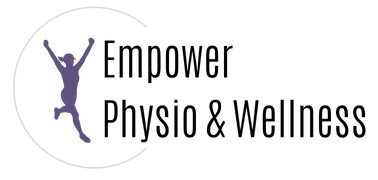As a runner myself, I know how good that runner’s high feels. But here’s the ugly truth: Running and only running can get your body stuck. Maybe you’re not sure how to run faster, or aches and pains start to creep in. That’s because most runners are missing one critical component in their regular routine. I learned this lesson through my own experience training for a marathon.
It seemed like every race training plan I found online was missing strength training. You may be thinking, “If I want to be faster, why would I try and build muscle bulk?” Great question. The goal here isn’t to put on a ton of muscle mass. Rather, it’s all about getting the right muscles activated and toned so that you have excellent balance, stability, and endurance.
Why strength?
When we break down running to its simplest form, it’s really just a series of hopping from one leg to the other. You need really good balance to stand on one leg, the muscle strength and power to hop and propel yourself forward, and the stability to land on the other leg and repeat the cycle.
There are lots of muscles that make this happen. Most importantly, the core, glutes, quads, hamstrings, and calves. I see it all too often where the glutes are weak or not activating. This impairs your ability to be stable while standing on one leg. I also see that people don’t strengthen their hamstrings because they are “already too tight.” This is a common misconception that can predispose you to high hamstring tendonitis.
How to run faster by incorporating strength training
If you don’t currently do any strength training, I recommend doing 2-3 days/week of strength exercises. The goal is to build a good foundational level of strength. You may need to dial back your running to accommodate the strength work (especially if you’re experiencing nagging aches, pains, or injury).
After just 2 weeks of strength training, you will feel stronger. This is because your brain is talking to your muscles more efficiently. It is important to note that it takes 6-8 weeks of strength training for your muscles to actually get bigger.
Once you’ve done about 4-6 weeks of consistent strength training, then you can back it down to 1-2 days/week of strength work and increase your running. The goal here is to maintain the strength and muscle activation you’ve built. You don’t necessarily need to keep building muscle, but you absolutely want to keep the good strength you have built. Remember, running or walking alone does not build muscle.
Best strength exercises
I have a few favorite exercises for runners including squats, single-leg squats, lunges, and single-leg deadlifts. I like these because they hit all the important muscle groups and incorporate single-leg work, which is crucial for being a strong runner.
Want a more structured program? Access my Runner’s Prehab Program where I break down my favorite moves into an easy-to-follow 3-phase program. If you’re looking for tailored guidance on how to run faster, contact me and we can create a customized training program for you!



